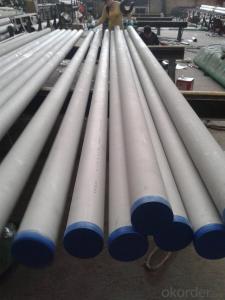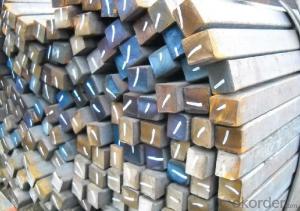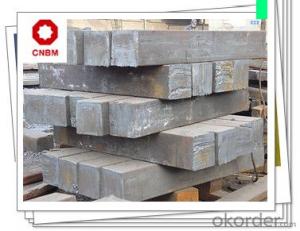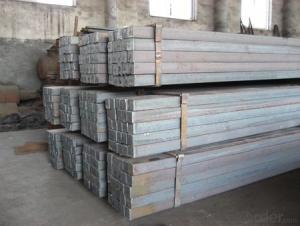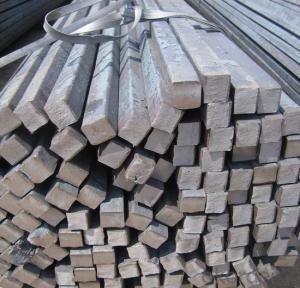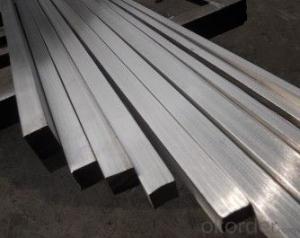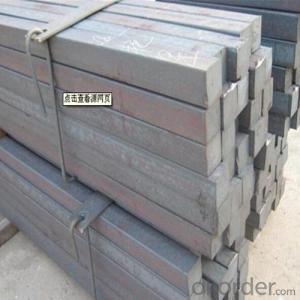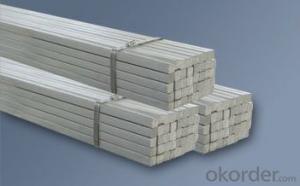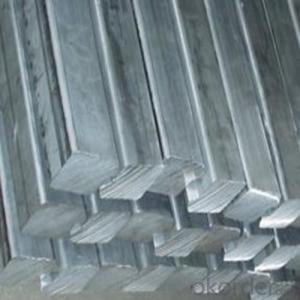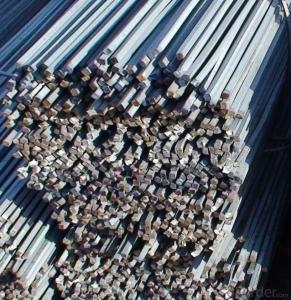Stainless Steel Square
Stainless Steel Square Related Searches
Best Paint For Stainless Steel Paint For Galvanized Steel Steel Frames For Furniture Self Tapping Screws For Steel Surface Grinding Wheels For Hardened Steel Hole Saw For Stainless Steel Paint For Stainless Steel Stainless Steel For Bbq Step Bit For Stainless Steel Sponge For Stainless SteelHot Searches
Aluminum Square Stock For Sale Fiberglass Scaffolding For Sale Fiberglass Panels For Sale Fiberglass Greenhouses For Sale White Gazebo For Sale White Melamine Board Price Frp Price Per Square Foot Ceiling Fan Lowest Price Plywood Per Square Foot Price Cost Of Plywood Per Square Metre Aluminum Square Stock Near Me Cost Of Mdf Per Square Metre White Plastic Folding Chairs Wholesale Geotextile Fabric Cost Per Square Foot Frp Cost Per Square Foot Plywood Cost Per Square Meter Asphalt Shingle Prices Per Square Steel Mesh Panels For Sale Price For Stainless Steel Scrap Scrap Price For Stainless SteelStainless Steel Square Supplier & Manufacturer from China
Okorder.com is a professional Stainless Steel Square supplier & manufacturer, offers integrated one-stop services including real-time quoting and online cargo tracking. We are funded by CNBM Group, a Fortune 500 enterprise and the largest Stainless Steel Square firm in China.Hot Products
FAQ
- To determine the angle of a compound bevel and miter cut using a steel square, you would first place the steel square against the edge of the material you are cutting. Then, align one leg of the square with the bevel cut line and the other leg with the miter cut line. By reading the measurement on the square where the two lines intersect, you can determine the angle of the compound bevel and miter cut.
- Yes, a steel square can be used for checking the squareness of a wall. Its right angles and straight edges can help determine if the wall is perfectly perpendicular and square.
- Yes, a steel square can be used for stair layout and construction. It is a versatile tool that can help ensure accurate measurements and angles when building stairs.
- To use a steel square to measure and mark out mitered joints, follow these steps: 1. Start by ensuring that your steel square is clean and free from any debris or rust. This will help ensure accurate measurements. 2. Place the steel square on the edge of the material you are working with, aligning one leg of the square with the edge. 3. Hold the steel square firmly against the material and make sure it is flat against the surface. This will help prevent any potential inaccuracies. 4. Next, rotate the steel square until the desired angle for the mitered joint is achieved. This is typically a 45-degree angle for most mitered joints, but it may vary depending on the project or design. 5. Once the steel square is in the correct position, use a pencil or marking knife to trace along the edge of the square's other leg. This will create a clear and accurate line to guide your cuts. 6. Repeat this process for each piece of material that requires a mitered joint, ensuring that the angles and measurements are consistent across all pieces. 7. After marking out the mitered joints, double-check your measurements and angles to ensure accuracy before proceeding with any cutting or joining of the materials. It's important to note that using a steel square to measure and mark mitered joints requires precision and attention to detail. Taking your time and double-checking your measurements will help ensure that your mitered joints fit together perfectly and create a clean, professional finish.
- Yes, a steel square can be used for carpentry tasks. It is a versatile tool that can be used for measuring, marking, and checking angles in carpentry projects. Its durability and precision make it suitable for various tasks, such as laying out and cutting accurate angles, checking for squareness, and marking straight lines.
- A steel square is commonly used in box joint construction for tasks such as measuring and marking right angles, checking for squareness, and ensuring accurate and precise cuts. It is also used to align and join pieces together, ensuring a tight and strong joint.
- Yes, a steel square can be used for framing. Steel squares are commonly used in construction and carpentry for measuring, marking, and aligning angles and lengths, making them a versatile tool for framing projects.
- Achieving a diagonal line using a steel square involves following a series of straightforward steps. Begin by positioning the steel square on your chosen work surface or material, ensuring that one edge of the square aligns perfectly with the material's edge. The longer arm of the square should be pointing in the desired direction of the diagonal line. Next, ensure that the shorter arm of the square is aligned with the material's edge. This will act as a guide for your line. Now, take a pencil or marking tool and firmly press it against the longer arm of the square at the desired angle for your diagonal line. Maintain a consistent angle and ensure that the pencil is securely against the steel square. While keeping the pencil against the square, glide it along the longer arm, ensuring continuous contact with the square. This action will create a straight and diagonal line on the material. Continue sliding the pencil along the square until the desired length of the diagonal line is achieved. It is crucial to maintain consistent pressure and angle throughout the process to obtain accurate results. Once the line is completed, double-check its accuracy and make any necessary adjustments. You can now rely on this diagonal line as a guide for any further measurements or cuts required on the material. Using a steel square to lay out a diagonal line is a straightforward and reliable technique that guarantees precision and accuracy in your work.

















